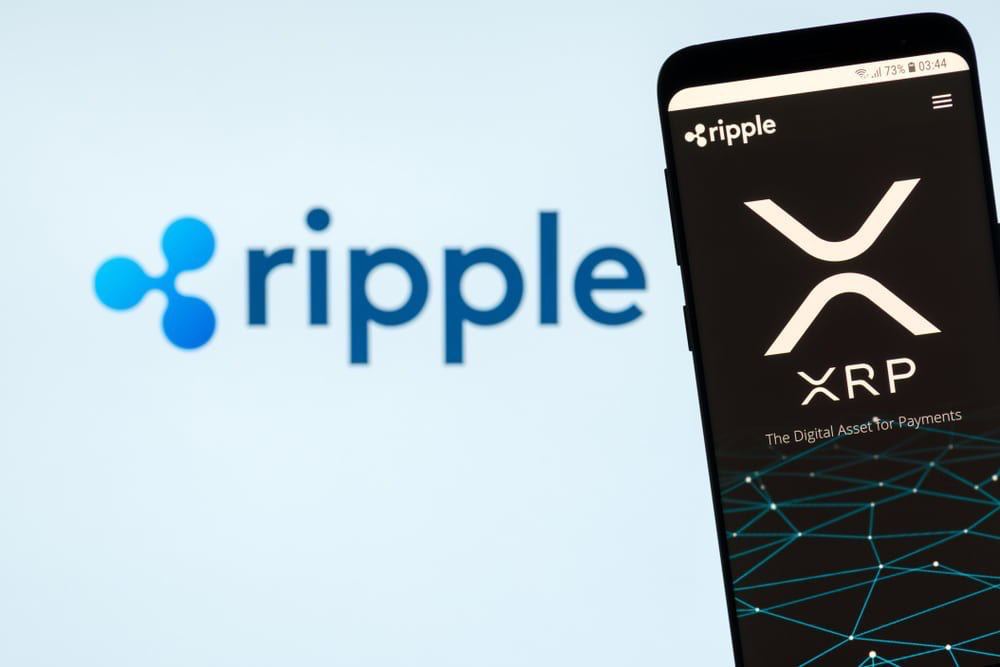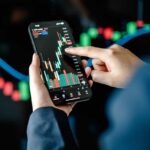In a stunning turn of events, XRP has witnessed an impressive surge in recent weeks, briefly soaring above the $0.83 mark. The digital currency’s remarkable rally can be attributed to a landmark legal triumph against the U.S. Securities and Exchange Commission (SEC), instilling newfound confidence among XRP and Ripple fans.
However, that may be just the beginning of the gains for XRP, according to Shannon Thorp, the Treasury Manager of banking giant Wells Fargo.
Notably, in an extensive Twitter post on July 30, Thorp offered her price prediction for XRP, forecasting the crypto token to hit between $100 and $500 in the following four to seven months, implying a possible upside from 14,185% to 71,328%, from its current price of $0.71 per token.
Picks for you
XRP community is divided ‘now more than ever’
In the introduction of her post on XRP price prediction, Thorp highlighted that the XRP community currently seems divided more than ever, with “one side looking only at charts” while the others “cling to utility, believing that partnerships and the replacement of antiquated systems will drive price.”
But both of these approaches are wrong, according to Thorp, because relying on traditional securities logic to predict XRP price fundamentally contradicts Ripple’s vision. Why? Because XRP “is NOT a security,” she stressed, referring to the recent court ruling.
What is Liquidity Strength?
Instead of assessing XRP’s chart patterns or analyzing the token’s utility, Thorp relies on Liquidity Strength (LS) as her go-to metric for predicting the cryptocurrency’s future price.
LS is a measure that evaluates the ease with which a financial asset, such as a cryptocurrency or stock, can be bought or sold in the market without significantly impacting its price. Higher liquidity strength indicates a larger number of buyers and sellers, making it easier to execute trades quickly and at stable prices, and vice versa.
Having said that, Thorp takes into consideration metrics such as XRP’s total supply, including both circulating and burnt tokens that are owned by different entities, including banks, governments, and individual investors. Furthermore, she also assumed that Ripple has released all their XRP from escrow to determine a price range for the token.
Why is it important for XRP price?
For instance, if a company held all 100 billion XRP tokens, their LS in a price range of $1 to $5 would stand at $100 billion to $500 billion, Thorp highlighted. This calculation disregards potential economic growth, messaging, and settling activities, as well as the various benefits derived from using XRP, she added.
Thorp also estimated that there are between 50 and 75 billion XRP supporting the token’s Liquidity Strength at any point in time, distributed among around 300 to 1,000 different institutions. As a result, this offers around $75 million XRP/dollars per institution.
Providing that LS is around $75 million per bank, with JP Morgan being one of the leading global banks with over $8 trillion in daily transaction volume, the existing 75 billion XRP in circulation would not be enough to move such massive amounts of funds efficiently, even if Ripple captured just 10% of the market.
Finally, Thorp reiterated that XRP’s price prediction boils down to LS. For example, if the token’s supply is 50 billion XRP, a token price of $100 would yield an LS of $5 trillion. On the other hand, XRP’s price of $500 would lead to an LS of $25 trillion.
Such value offers breathing room for the market and makes sure that no single entity needs to hold XRP for daily operations, Thorp concluded.







